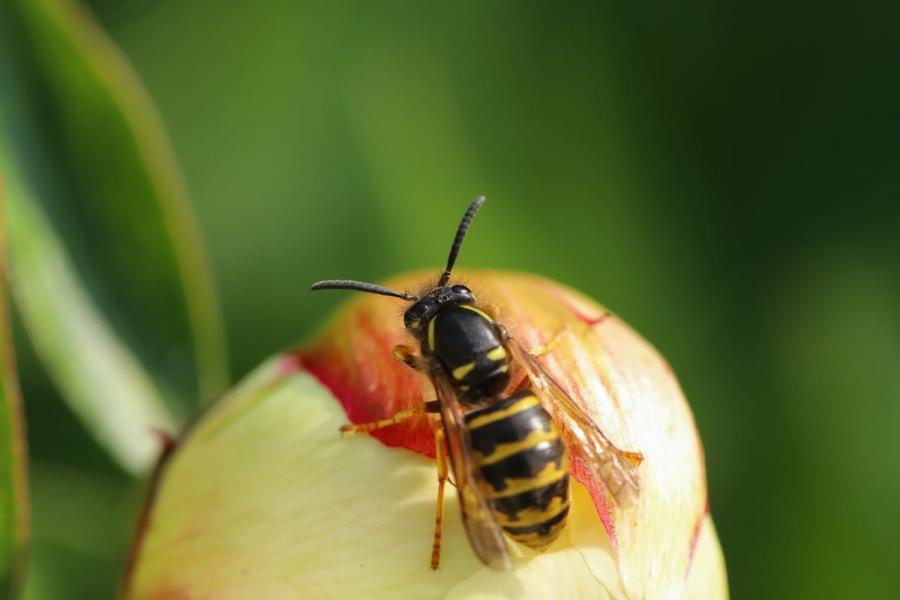Allergists warn that hornet venom is a hundred times stronger than bee and wasp venom, and the reaction to a sting cannot be predicted.
Almost all of us have been stung at least once, most often by a bee or wasp—up to 90 percent of people.
The outcome depends on whether an allergic reaction develops and how severe it is.
Stings from wasps, hornets, and bees most often lead to a strong allergic reaction. At first contact, the patient produces specific antibodies, and every subsequent sting can be milder—but can also be fatal.
These are usually severe reactions, and some of them can even lead to anaphylactic shock, doctors say.
Anaphylactic shock is an allergic reaction that is often life-threatening.
Symptoms after a wasp, bee, or hornet sting
Symptoms accompanying systemic allergic reactions include skin changes, breathing difficulties, digestive tract problems, altered consciousness, and cardiac changes. It’s also important to mention that what characterizes anaphylactic shock is a drastic drop in blood pressure and circulation, which, if untreated, can lead to death.
The amount of venom from a hornet sting is a hundred times greater than that of a wasp sting. Wasp and hornet venoms are similar in composition, unlike bee venom.
What to do after a wasp or bee sting?
Remember: do not touch or scratch the sting site. Instead, cool it under cold running water and apply ice. Corticosteroid ointments or creams can also help.
If you are stung by a bee, scrape out the stinger using the blunt side of a knife or your fingernail. Do not use tweezers or squeeze it between your nails, as this can release more venom into the skin. Wash the sting area with soap and water. If swelling or pain occurs, apply cold compresses.
If you are stung in the throat, seek medical help immediately, and in the meantime, suck on ice cubes.
Treatment is antiallergic and depends on the severity of the reaction. Stings are treated with antihistamines and corticosteroids. If anaphylactic shock occurs, adrenaline solution is given intravenously, and in the most severe cases, even intracardially. Antihistamines, corticosteroids, and noradrenaline are administered by infusion.
In the most severe complications, oxygen is provided, and tracheotomy or endotracheal intubation may be performed – reports B92.






